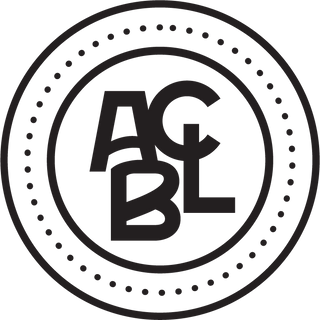Accurate hand evaluation is critically important to reaching the right contract in bridge. Yet, for over 75 years now, hand evaluation has essentially relied on Milton Work’s 4-3-2-1 honor point count — a count known to be seriously flawed and inaccurate. The method gives a very unsatisfactory, inaccurate point count which leads, too often, to the wrong contract.
In this book, the author addresses these flaws by applying corrections to the 4-3-2-1 honor point count and to Goren’s distribution point count to obtain optimal accuracy — and introduces revolutionary new findings that lead to accurate hand evaluation. Most importantly, this new Optimal hand evaluation accurately assesses the value of both hands combined, the true test of hand evaluation.
Over 100 example hands clearly establish that the Work/Goren point count is simply erroneous and that various other current methods do not yet offer a better alternative.
Patrick Darricades (Canada) learned to play bridge as a teenager, but quickly became more interested in the theory of the game rather than in playing it. His studies of the statistical work of J-R. Vernes (which formed the basis for the Law of Total Tricks) led to his work on Hand Evaluation, and the present book.
PATRICK DARRICADES (Canada) learned to play bridge as a teenager but quickly became more interested in the theory of the game than in playing it competitively. His studies of the statistical work of J-R. Vernes (conceptor of The Law of Total Tricks) led to his first book Optimal Hand Evaluation.
- Publication Date:
- Page Count:
- ISBN:

Adding product to your cart
You may also like
Accurate hand evaluation is critically important to reaching the right contract in bridge. Yet, for over 75 years now, hand evaluation has essentially relied on Milton Work’s 4-3-2-1 honor point count — a count known to be seriously flawed and inaccurate. The method gives a very unsatisfactory, inaccurate point count which leads, too often, to the wrong contract.
In this book, the author addresses these flaws by applying corrections to the 4-3-2-1 honor point count and to Goren’s distribution point count to obtain optimal accuracy — and introduces revolutionary new findings that lead to accurate hand evaluation. Most importantly, this new Optimal hand evaluation accurately assesses the value of both hands combined, the true test of hand evaluation.
Over 100 example hands clearly establish that the Work/Goren point count is simply erroneous and that various other current methods do not yet offer a better alternative.
Patrick Darricades (Canada) learned to play bridge as a teenager, but quickly became more interested in the theory of the game rather than in playing it. His studies of the statistical work of J-R. Vernes (which formed the basis for the Law of Total Tricks) led to his work on Hand Evaluation, and the present book.
PATRICK DARRICADES (Canada) learned to play bridge as a teenager but quickly became more interested in the theory of the game than in playing it competitively. His studies of the statistical work of J-R. Vernes (conceptor of The Law of Total Tricks) led to his first book Optimal Hand Evaluation.
- Publication Date:
- Page Count:
- ISBN:




